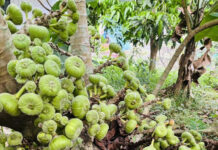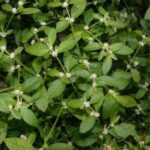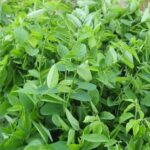The wood vine is a small shrub or liana with a straight or creeping stem. Wood vine leaves are simple, opposite, oblong-ovate, with distinct pinnate veins. Young leaves are coppery and turn dark green as they mature.
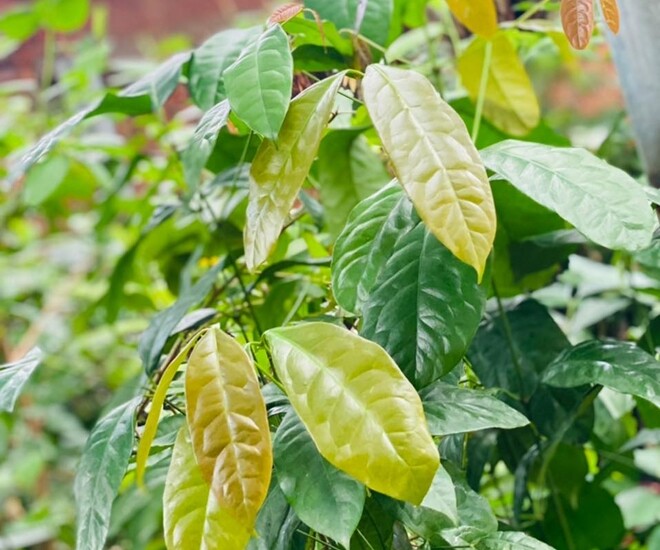
Wood vine is a unique plant.
The plant has unisexual flowers, with male and female flowers growing separately on the same plant in small clusters. The fruits of the wood vine are a striking purple-red when ripe and are oval-shaped, signaling the harvest season.
While wood vine has long been used as a food source by mountain dwellers, it has only recently gained popularity in urban households due to its distinct flavor and high nutritional value.

Young wood vine leaves have a sweet and delicate taste with a slight nuttiness, setting them apart from typical vegetables. Because of their natural sweetness and lack of bitterness, wood vine leaves are likened to the “natural MSG” of the forest. The broth made from cooking wood vine with fish or crab is exceptionally clear and sweet, enhancing the flavor of traditional dishes. In addition to soups, wood vine can be stir-fried with young chicken eggs, beef, or hot pot.
Wood vine is also used in salads, wrapped with herbs, creating a refreshing, tasty, and nutritious meal for the family.
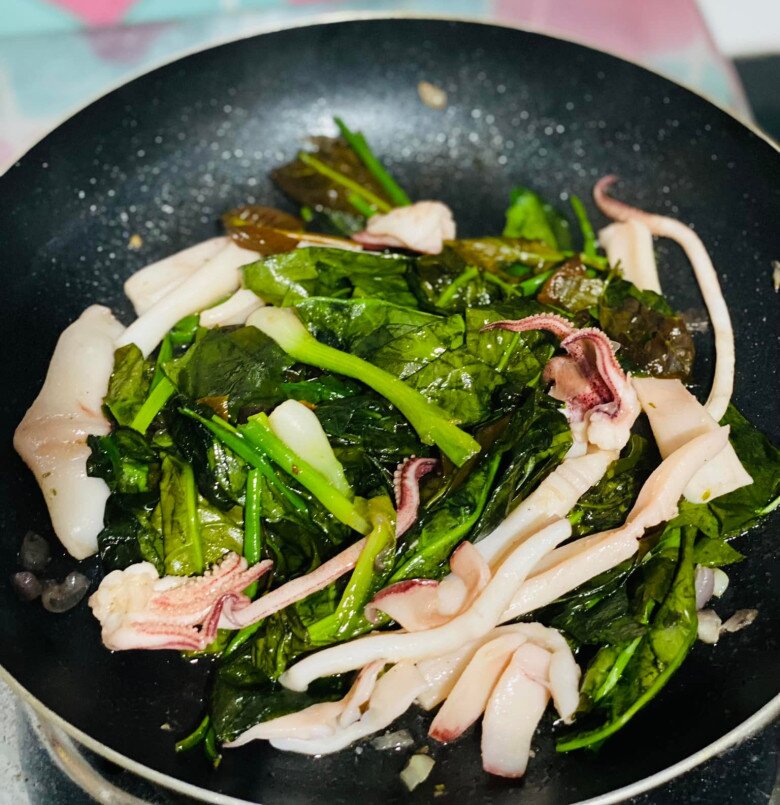
Stir-fried wood vine with squid is a delicious dish.
Not only is wood vine delicious, but it is also highly nutritious. According to research, 100g of young wood vine leaves contain 6.6g of protein, 9.1g of carbohydrates, 6.8g of fiber, and vitamins A and C. They are also rich in minerals like calcium (151mg), phosphorus (224mg), and iron (2.5mg). Wood vine leaves contain up to 16 types of essential amino acids, surpassing common vegetables like lettuce and cauliflower.
The seeds of the wood vine are also protein-rich, containing about 10.9% protein and essential amino acids that support liver function, aid in detoxification, and boost immunity. This is why wood vine is considered not just a tasty vegetable but also a nutritious “herbal medicine” from nature.
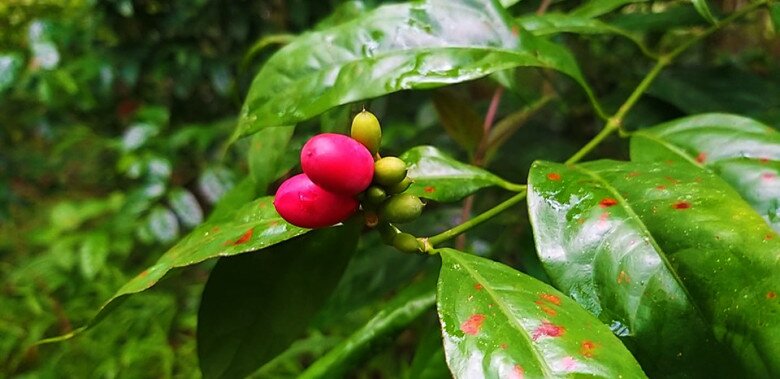
Ripe wood vine fruits are a beautiful sight.
Today, wood vine has become a sought-after specialty by urban consumers. The price of wood vine ranges from 80,000 to 150,000 VND per kg, depending on the season and region. The best time to enjoy wood vine is right after the first rains of the season, when the plant has recovered and the young leaves are at their sweetest and most abundant.
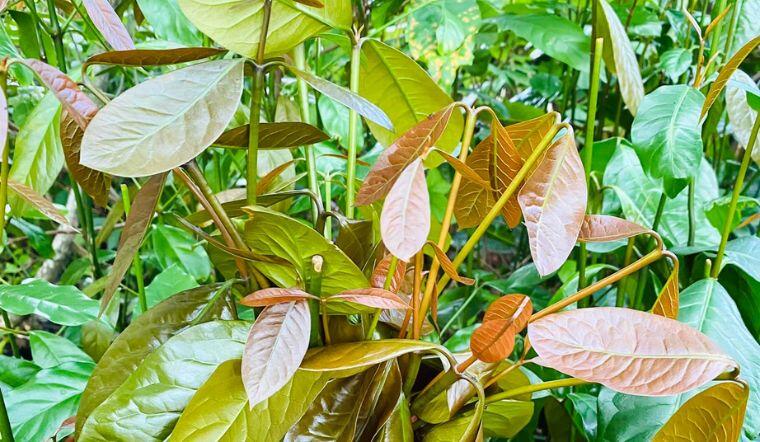
Growing and Caring for Wood Vine at Home
With the increasing demand for wood vine, many people have started growing it at home to ensure a fresh and healthy supply throughout the year.
Timing and Planting Method
Wood vine can be grown year-round in tropical, humid climates, but it is best to sow seeds at the beginning of the rainy season or the end of the dry season when soil and air humidity are high, promoting optimal growth.
You can propagate wood vine through seeds, stem cuttings, or young plants. Seeds can be purchased from reputable seed stores or collected from ripe red fruits of the mother plant.
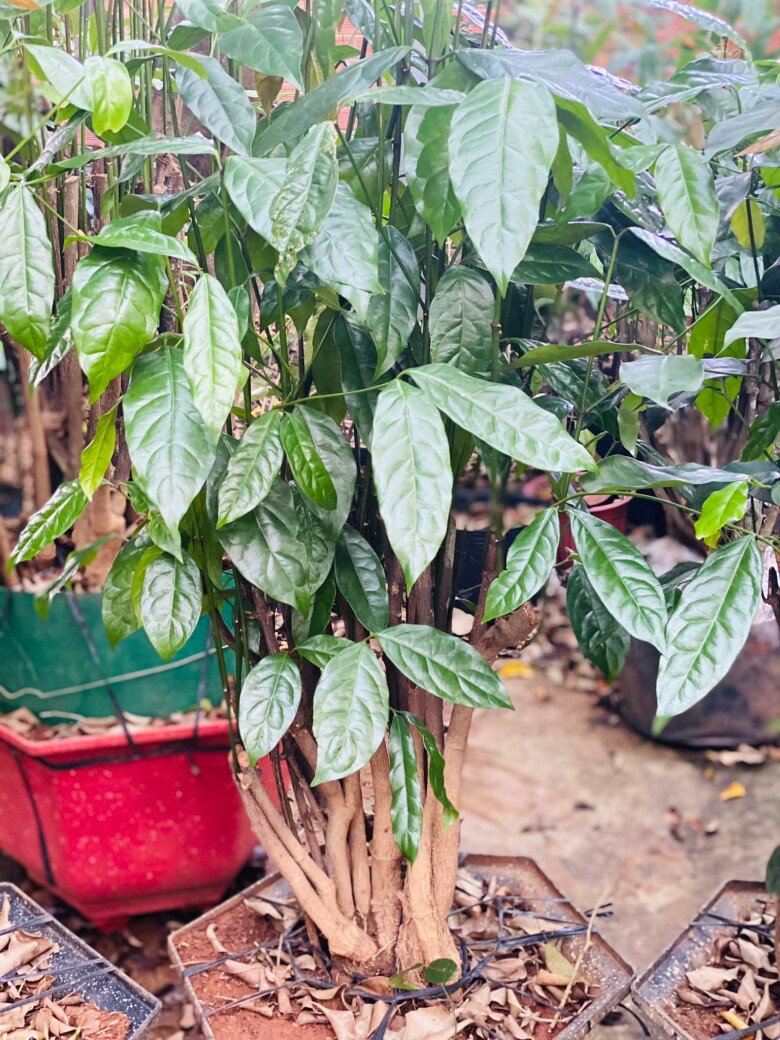
– Sowing seeds: Soak the seeds in warm water for 4-6 hours before sowing to stimulate germination. Then, sow them directly into prepared seedbeds, cover with a thin layer of soil, and water gently. Keep the soil moist until the seeds germinate.
– Stem cuttings: Cut 15-20cm long stem cuttings and plant them in pots filled with a mixture of 70% forest soil and 30% decomposed organic matter. Maintain 70-75% shade during the initial stage, gradually reducing it as the plant ages.
– Young plants: Choose plants that are 20-25cm tall with 2-3 true leaves and have been hardened off for 10-15 days. Dig a hole large enough for the root ball and place the plant inside. Fill the hole with soil, tamp gently, and water immediately.
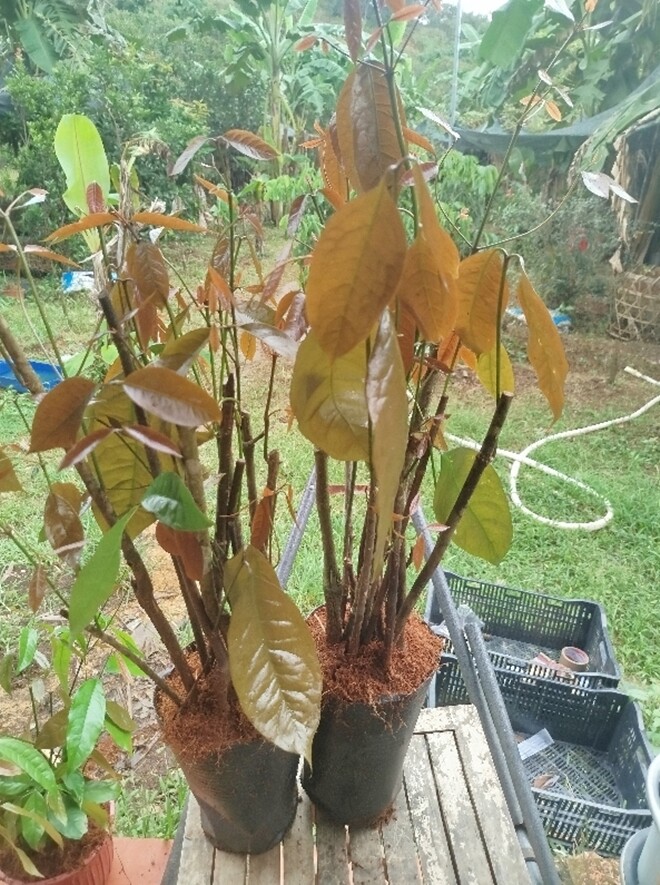
Caring for Wood Vine
– Soil: Wood vine prefers well-drained, loose, and humus-rich soil. Mix clay soil with decomposed organic matter, husk charcoal, or coconut coir to improve drainage and water retention.
– Light: Wood vine thrives in light shade, avoiding direct, intense sunlight, similar to the environment of a forest edge. Place the plant in a partially shaded area or under the canopy of a large tree.
– Watering: Wood vine requires regular moisture but not waterlogging. Water in the early morning or late afternoon to ensure the soil remains moist without becoming waterlogged.
– Fertilizing: After the plant has established roots for about 2-3 weeks, you can start applying organic fertilizer or diluted NPK fertilizer to provide additional nutrients. Fertilize periodically every 2-3 weeks for healthy growth.
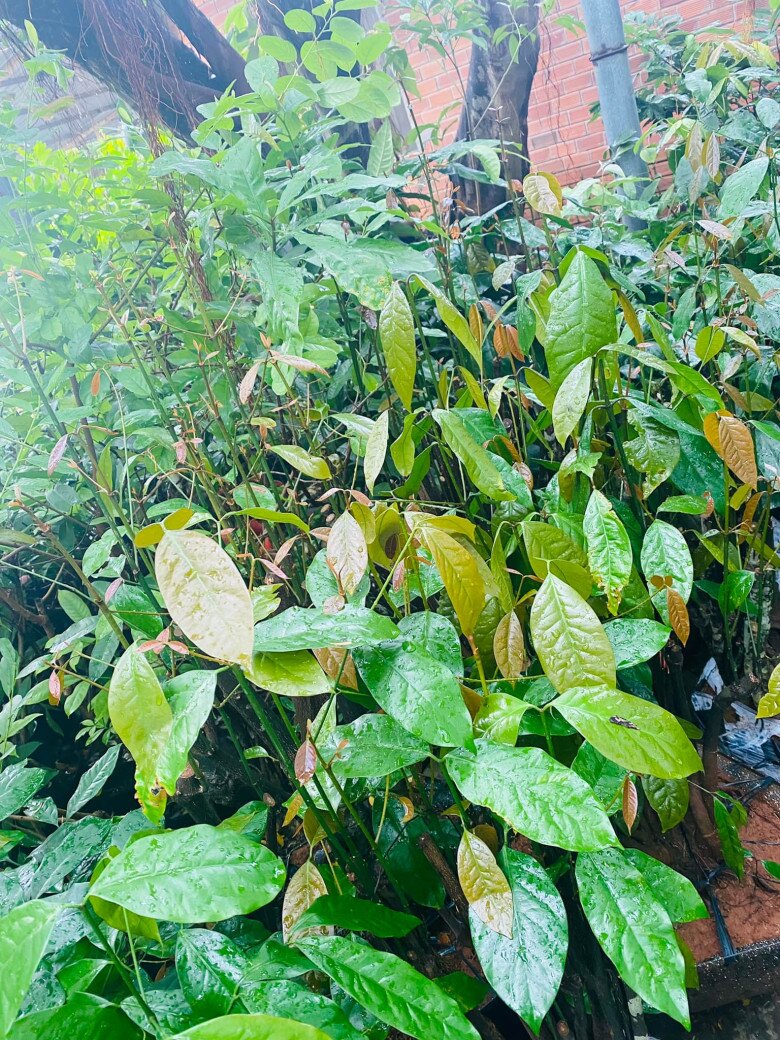
– Pest and Disease Control: Wood vine is generally resistant to serious pests and diseases, but regular inspections are necessary to detect leaf-eating insects or fungal infections early on. Use biological control methods or safe pesticides to protect the plant without harming your health.
– Harvesting: After about 2-3 months of planting, wood vine will be ready for its first harvest of young leaves. With proper pruning, you can harvest leaves year-round. The best time to harvest the sweetest and most abundant young leaves is after the first rains of the season, when the plant is vigorous.
The Ultimate Superfood: A Delicious and Nutritious Wonder Tree.
Introducing the humble yet versatile vegetable that packs a punch – both in terms of flavor and affordability! This humble veggie is a steal at just 15,000-20,000 VND, offering a generous bunch that will elevate any dish. With its versatile nature and pocket-friendly price tag, it’s a kitchen must-have, adding a burst of flavor to your meals without breaking the bank.

















